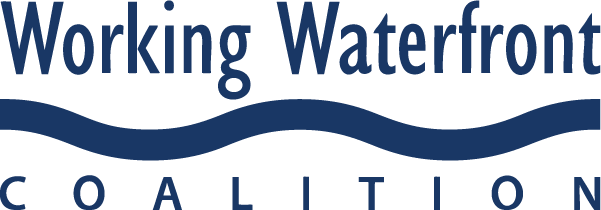Working Waterfront Coalition
Portland's working harbor is Oregon's largest seaport, where the state's primary deep water channel, rail, pipeline, and highway infrastructure come together.
Working Harbor Facts
- 52,784 direct, induced and indirect jobs are supported by Portland Harbor.
- 25.5 million tons of goods moved through Portland Harbor in 2011.
Source: ECONorthwest, Marine Operations Benefits, August 2013; prepared for Port of Portland
$3.6 Billion of direct, induced and indirect personal wage and salary income translates to:
$350.7 million of state and local tax revenue generated by activity in Portland Harbor.
Source: Martin Associates, The Local and Regional Economic Impacts of Portland Working Harbor, 2011; prepared for Port of Portland, July 16, 2012
Jobs and the Harbor
The Portland Harbor is an economic engine that has existed as a source of jobs and vitality for the Portland metropolitan area and the state for more than a century. With employment in the harbor projected to grow, the Portland Harbor remains an economic driver for the region. Businesses locate in the harbor because of the connections to two major highways, two major railroads and a river transportation system. The utilization of all of these modes of transportation allows harbor businesses to reduce their costs and employ thousands of Portland area residents with family-wage jobs.
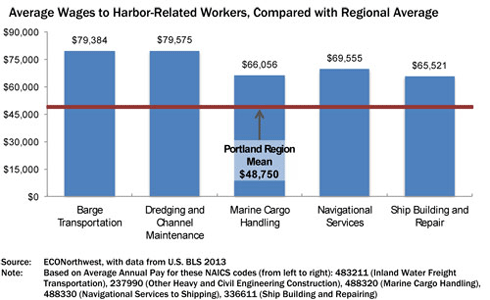
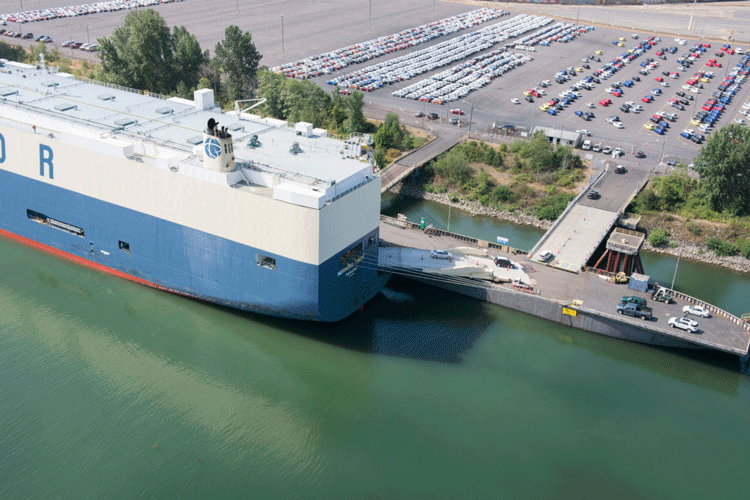
What does the Harbor provide in terms of job base and economic impact?
- 1 out of every 7.4 jobs in the City of Portland is located in or supported by the work done in the Portland Harbor Industrial District.
- Portland Harbor has a historic average annual growth rate of three percent and a forecasted growth rate of three percent.
- Industrial marine businesses with direct access to the harbor support approximately 52,784 direct, induced, and indirect local family-wage jobs (24,000 direct jobs) bringing almost $3.5 billion in personal income and $7.6 billion in business revenue to the region’s economy annually.
- The income wage range for harbor jobs is $65,000 to $80,000 – higher than Portland’s average household income of $48,700.
- These jobs produce an annual tax benefit of $351 million.
- The diversity of jobs allows for various levels of skills and/or education levels, providing job opportunities for many people.

Sources: Martin Associates, The Local and Regional Economic Impacts of Portland Working Harbor, July 2012; ECONorthwest, The Port of Portland’s Marine Operations, August 2013.
What’s the volume of trade in the Portland Harbor?
Imports
- Autos
- Steel slab
- Petroleum products
- Exports
Exports
- Grain (Oregon feeds the world!)
- Soda ash (used in glass production)
- Potash (fertilizer necessary for worldwide food production)
- Scrap metal
Portland Harbor’s 60-acre shipyard constructs and repairs ships on Swan Island, including cruise ships, military supply vessels, and merchant cargo ships. Shipyard owner Vigor Industrial has the largest dry dock in the United States and is the leading provider of shipbuilding, ship repair and other industrial services in the Pacific Northwest and Alaska.
Environment and the Harbor
Businesses in the Portland Harbor take pride in doing the right thing for Portland’s community, and are serious about their environmental responsibilities.
Additionally, all harbor businesses operate under the oversight of many federal, state and local entities, including:
- The City of Portland
- The U.S. Environmental Protection Agency
- Oregon Department of Environmental Quality
- Oregon Division of State Lands
- Oregon Department of Fish and Wildlife
- The National Marine Fisheries Service
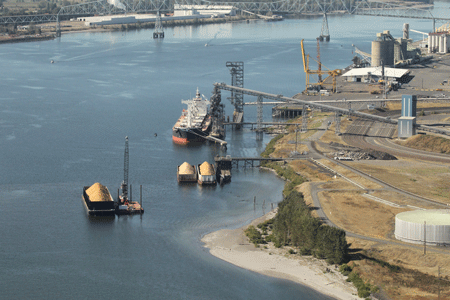
Transportation Comparison
Barges built by Vigor and Gunderson can move one ton of cargo 575 miles with one gallon of fuel.
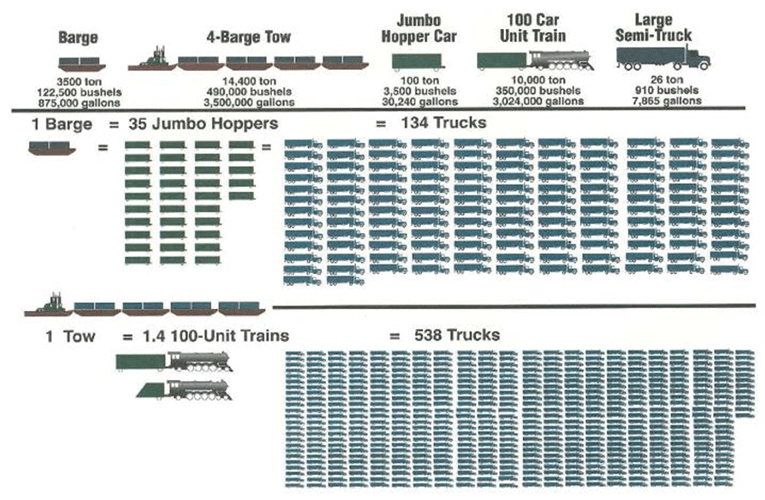
Rail cars, built by Gunderson,
can move one ton of cargo 425 miles.
By comparison, a heavy truck
will move the same cargo only 155 miles.
Fish Weir
A 2.4 million pound fish weir, fabricated on Swan Island by Oregon Iron Works and installed on a Snake River dam by Advanced American Construction, will assist in migrating fish passage. “We have found we are passing more fish with less water,” Corp Project Manager Cary Rahn said, “and that survival rates are 98 percent when going over surface routes.”
Shoreline Rehabitation
Ospreys
Fuel Conservation
Reduce Emissions
Stormwater
Schnitzer Steel recently completed a Phase I of its new stormwater system and eliminated eight outfalls to the Willamette River. ” This $1.6 million project allows us to store water on site for process use or dust control, and reduces discharges to the river.”
